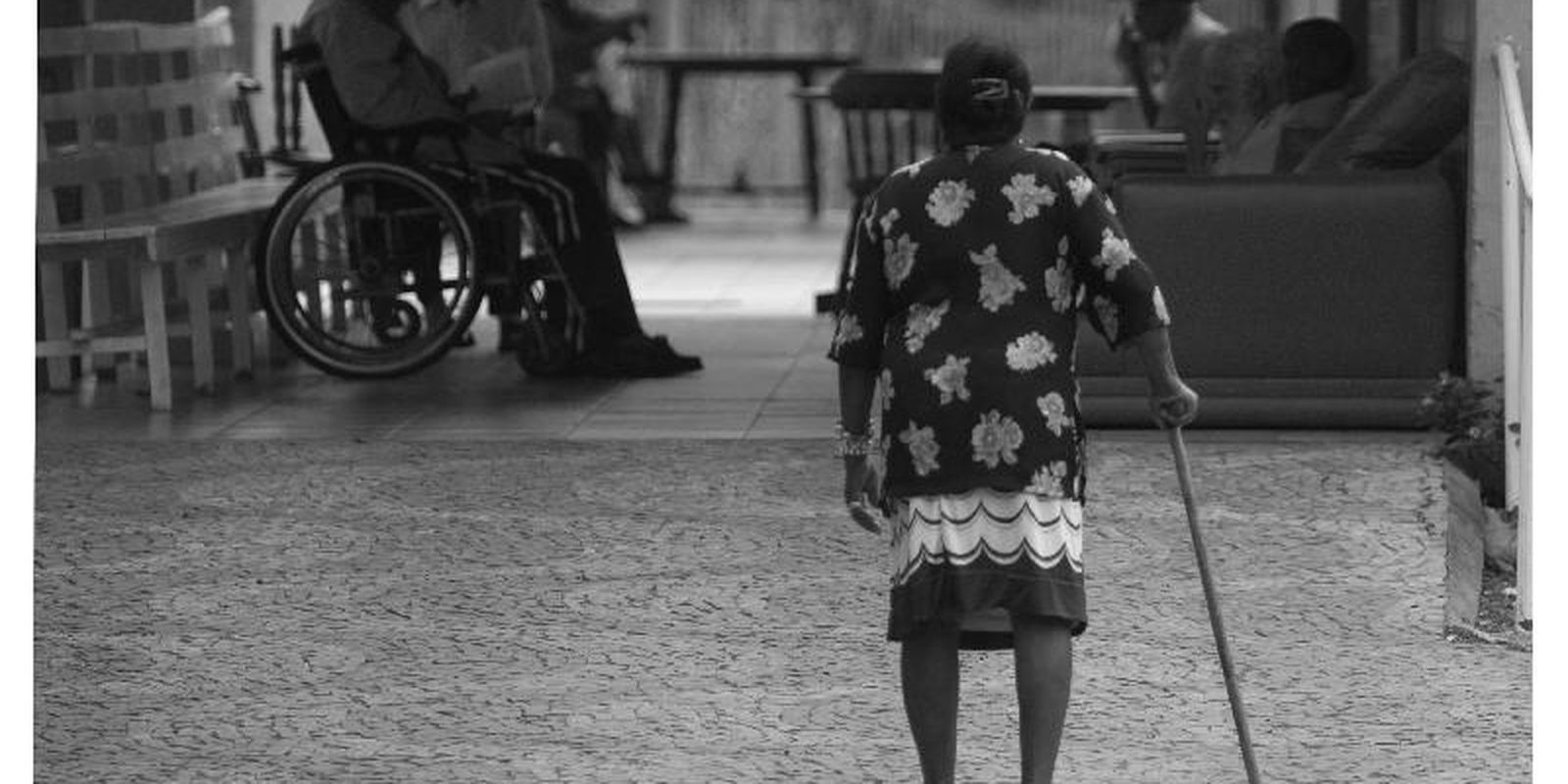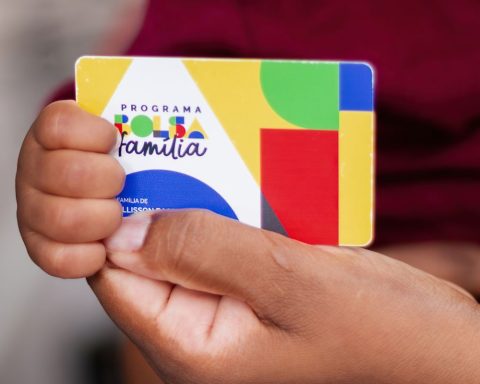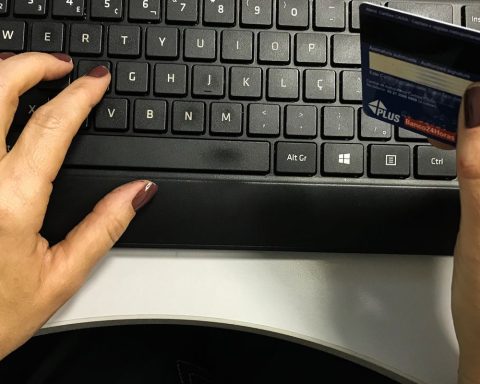Falling from stairs or roofs, tripping in the streets or falling from height. Falls among the elderly are common and one of the main causes of death in this age group. They are a serious public health problem, which can lead to injuries and fractures without major consequences and, in some cases, can reduce mobility or even cause death.
To prevent these falls, it is recommended that elderly people undergo balance and mobility tests annually during their routine appointments. In general, these tests consist of the elderly person remaining for 10 seconds in at least one of these positions: with feet parallel (bipedal), with feet slightly in front of the other (semi-tandem), with one foot in front of the other (tandem) or balanced on one foot (single leg).
However, a study carried out by the Balance Assessment and Rehabilitation Laboratory (LARE) of the Faculty of Medicine of Ribeirão Preto of the University of São Paulo (FMRP-USP) and recently published in the journal BMC Geriatricspointed out that spending 10 seconds in one of these postures is too little time to identify balance or mobility problems.
“The effectiveness of this test to identify initial balance problems and predict future falls was still uncertain, mainly because 10 seconds may be insufficient for a complete assessment,” said Daniela Cristina Carvalho de Abreu, coordinator of the Balance Assessment and Rehabilitation Laboratory (LARE ) of the Faculty of Medicine of Ribeirão Preto of the University of São Paulo (FMRP-USP) and the Outpatient Clinic for Balance Disorders of the Rehabilitation Center from the Hospital das Clínicas of FMRP-USP, in an interview with Brazil Agency.
The study carried out between 2015 and 2019 and supported by the São Paulo State Research Support Foundation (Fapesp), was carried out with 153 people between 60 and 89 years old, living in the cities of Ribeirão Preto, São Paulo and the region. He pointed out that the test can be more effective when the individual can stay in just two of the most challenging positions (tandem or single leg) and for 30 seconds in each of them.
The study
The volunteers were evaluated over a period of six months, performing both conventional and extended-time tests. When this sample was divided into those who fell and those who did not fall six months after the tests, the researchers observed that the group that fell was able to remain in the single leg position for an average time of 10.4 seconds and, in the second position tandem for 17.5 seconds, a time longer than the 10 seconds it is currently done. This would indicate, according to the researchers, that current tests are insufficient to predict future falls.
The volunteers who did not fall were able to maintain themselves in the single-leg position for 17.2 seconds and in the tandem position for 24.8 seconds.
“The study demonstrated that the Balance Test [que estamos propondo] It is effective in predicting falls in the next six months, being a valuable tool for screening the risk of falls in the elderly. Its annual inclusion in Primary Care is recommended, as it allows the identification of elderly people at risk, which is fundamental for the choice and management of appropriate interventions”, said the coordinator.
According to her, the results of the study indicated that this test can be performed in just two positions (tandem and single leg), with a time of 30 seconds for each position. “We recommend that each position be repeated at least once, so that the elderly person becomes familiar with the test. This reduction in execution time makes it possible to include other tests, such as gait speed, which would strengthen the prediction of the risk of future falls”, said the coordinator.
As this test is simple and low-cost, it could easily be included in Primary Care and in consultations with specialists, helping to predict and prevent future falls, argued the researcher.
“The proposed balance test is simple and can be carried out in just two positions, in small spaces and without the need for specialized equipment. It only requires basic training from the healthcare team and can be carried out by any professional. Therefore, the implementation of the test in Primary Care and other health services aimed at the elderly population does not present major barriers, simply including it in the mandatory annual screening for the elderly. From this screening, the risk of falls can be stratified (low, moderate and high), allowing the adoption of preventive measures that prevent falls, promote healthy aging and reduce the costs of treating injuries resulting from falls.” , she said.
It is important to emphasize that these balance tests, both what currently works and what is being proposed by researchers, are just a screening. The study highlights that, in addition to these, it would still be necessary to carry out more detailed assessments to understand whether the imbalance is associated with muscle weakness, sensory impairment or joint problems, among others.

















